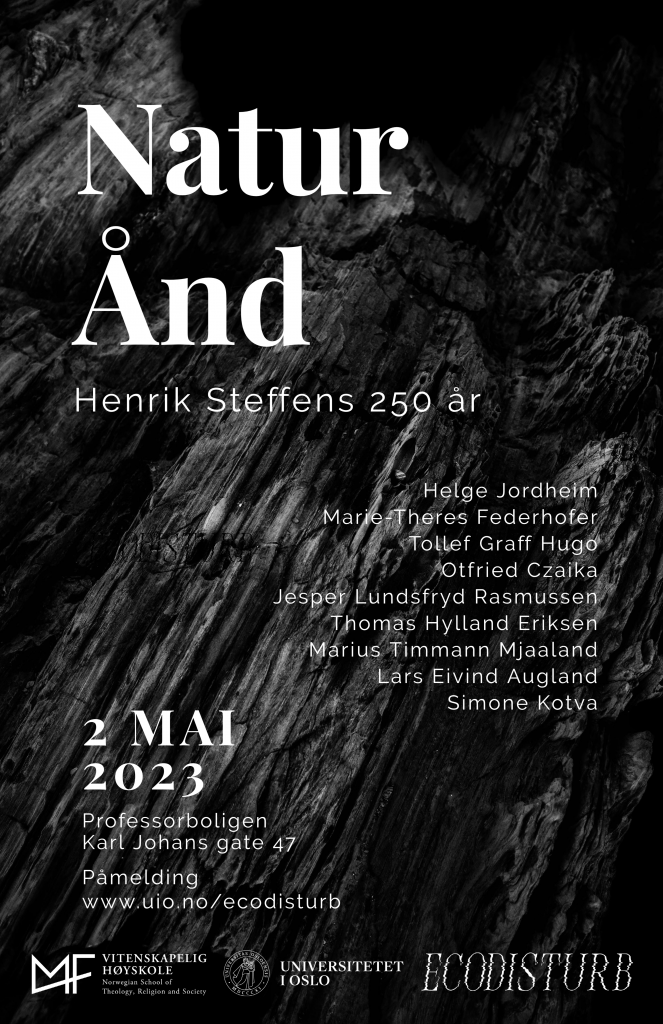Special issue on Carl Schmitt in Teologisk tidsskrift.
1. Oftestad, Schmitt og politisk teologi (Joar Haga, Hallgeir Elstad, Gard Granerød).
2. Introduksjon til Carl Schmitts tenkning (Rune Slagstad)
The article outlines some main tenets in Schmitt’s publications. Different epochs are characterized by the broad reception in both right- and left-leaning political camps. It argues that one of the main causes for the interest in his writings is due to the analysis of culture and society, particularly how profoundly it is rooted in the history of ideas. Examples from Norway’s academic debate about the constitution are used as exemplifying Schmitt’s political insights.
3. Er Carl Schmitts begrep om diktatur relevant for diskusjonen om autoritære tiltak i møte med klimakrisen? (Tarjei Røsvoll)
In this article, I discuss whether it is necessary to use authoritarian legal measures to address the climate crisis, in light of Carl Schmitt’s concept of dictatorship. After presenting Schmitt’s concept and placing it in the context of his general legal-theoretical thinking, I criticize the concept generally and as a basis for addressing the climate crisis. Schmitt’s concept of dictatorship should be understood adequately so as to identify the emergence of dictatorial mechanisms and avoid their entrenchment.
4. Carl Schmitts framstilling av Erik Peterson i Politische Theologie II (Joar Haga)
The article presents an aspect of Carl Schmitt’s rhetoric, namely irony, and portrays how Schmitt used it in his critique of Erik Peterson. I present, analyse, and evaluate Schmitt’s critique, and partly applaud Schmitt’s attempt to situate Peterson as a historian and expose his limitations. However, I am critical of how Schmitt avoided commenting on Peterson’s account of martyrdom, a central issue of how Peterson envisioned the church’s public appearance.
5. Carl Schmitt og det teologisk-politiske problem (Ragnar Misje Bergem)
In this article, I clarify the meaning of political theology in the works of Carl Schmitt. I shed light on ʻdecisionist’ and ʻinstituionalist’ readings of his political theology. I claim that the ambiguities of his decisionism must be understood in the light of his idea about the relationship between political form and a people’s way of life. In the final part of the article, I explain my understanding of the problem of political theology in Schmitt and shed some light on some of his writings from the later part of his career. Finally, I sketch a riposte to his understanding of and solution to the theologico-political problem.
6. Politisk teologi i antropocen. Diskusjon rundt Carl Schmitt i klimakrisens geopolitiske fase. (Marius Timman Mjaaland)
This article discusses the significance of Carl Schmitt’s work in contemporary debates on the Anthropocene, emphasizing his understanding of the political and the nomos of the earth in the climatic state of exception in the twenty-first century. I set out from the notion of the Anthropocene as a name suggested for the current geological epoch and discuss alternative notions such as Capitalocene and Chthulucene. I analyze the role of Carl Schmitt in the discourse on the Anthropocene with Michael S. Northcott, Bruno Latour, and Catherine Keller. Finally, I evaluate various models of theological reflection on the climate and nature crisis, its political preconditions, and its ethical and existential consequences.
